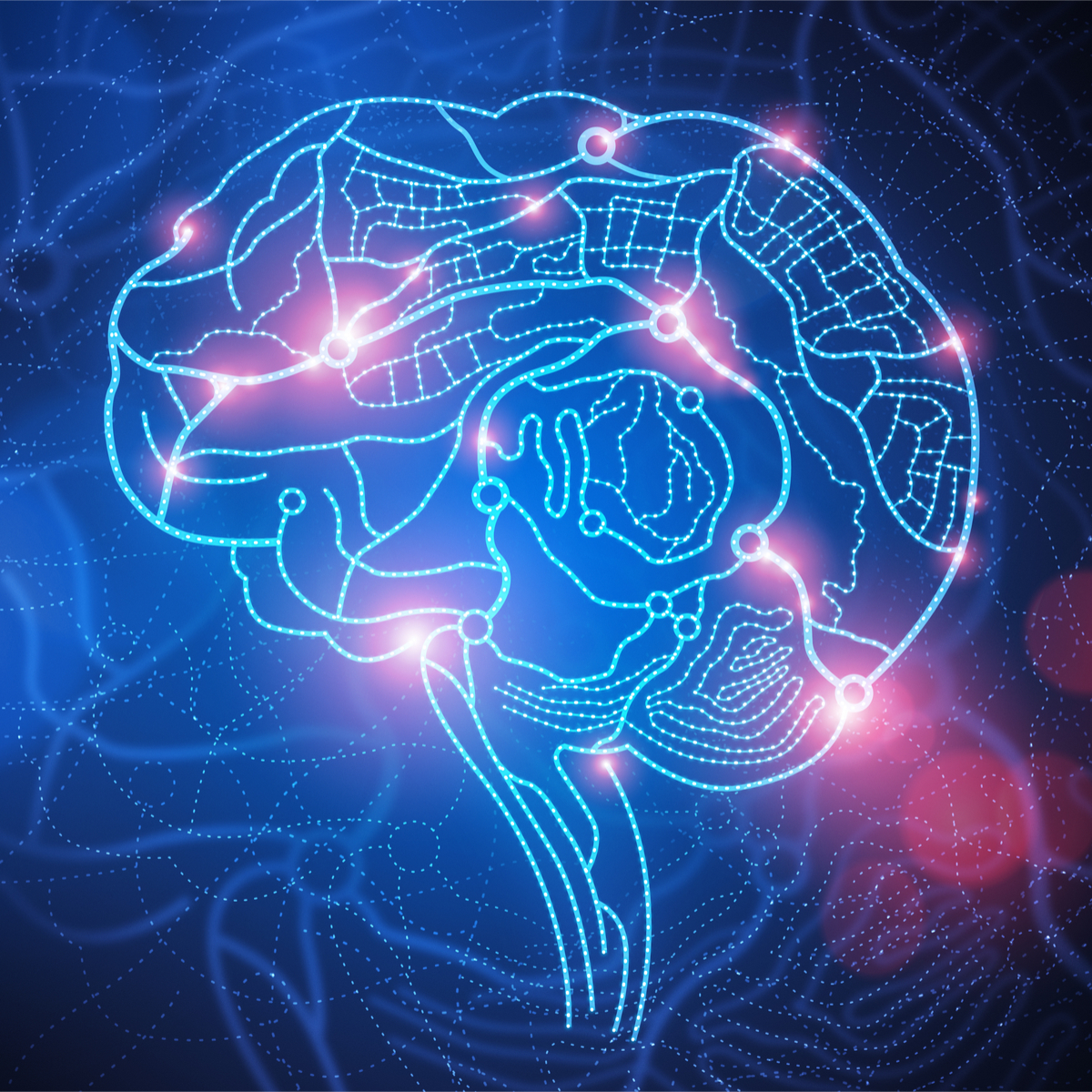Neurobiofeedback Responses

As we approach our sixth month of providing neurofeedback services, we continue to be amazed at the outcome of treatment. Neurofeedback can be used to address a wide range of problems, some of which include ADD/ADHD, Depression, Anxiety Disorders, Anger and Rage, Learning Disabilities, Bipolar Disorder, Panic Attacks, Conduct Disorder, Migraines, Headaches and Chronic Pain.
It’s all about the brain and its function. Everything we do is directed from the brain. How we think, calm and regulate ourselves, organize and plan, create, and reach peak performance within our lives is driven by how well our brain is functioning. How we regulate sleep, emotions, thinking and behaviors are all a direct result of how our brain is functioning and regulating itself.
Changing the brain does change your life. Neurofeedback exercises and strengthens the brain, calms it, and improves stability. It helps provide the road map for brain regulation, helping the brain to go to the more functional place (frequency) and creating the pathways to repeat that process over and over again, making it a real change in your daily lives, because, as Bruce Perry says, doing something once creates the memory in the brain so that it can be repeated.
Through the process of neurofeedback, I have seen children empowered who have struggled with ADD or ADHD, Oppositional Defiant Disorder, or behavior difficulties, all of which have impacted their self esteem and their overall view of life. These children have seen that changing the brain to regulate more optimally has, in fact, changed their behaviors. They realize that they aren’t just “bad kids” but rather they need to strengthen their brains to operate more optimally. It doesn’t mean that parents don’t still need to parent and implement consequences for behaviors. But it does mean that often the children are more able to remain calm, redirect themselves, and think before they act.
One child commented that he was surprised to find himself thinking about what would happen if he did chose to act on a negative impulse, implying that he was learning about cause and effect.
It felt foreign to him. Other children have been surprised by their ability to focus on their school work, have empathy for their peers, or contain themselves in their seats better at school.
Adults are finding similar responses of feeling calmer, clearer, more able to regulate their emotions, and function more optimally. Neurofeedback isn’t a treatment that “fixes” these problems. But all of these problems are related in part to some type of brain dys-regulation. When the brain regulation in improved, it usually helps to reduce the symptoms related to the brain dysregulation.
Neurofeedback is used in conjunction with therapy because as you have the ability to implement new behaviors and feelings, therapy will help you to integrate these changes into your life. And another positive is that changing your brain, making it more stable, also increases your ability to use therapy most effectively making lasting changes in your life.
Tags: Brain training, neurobiofeedback, rsponses from neurobiofeedbackABOUT THE AUTHOR

Janie Pfeifer Watson
Licensed Independent Clinical Social Worker
Licensed Independent Mental Health Practitioner- Janie Pfeifer Watson, LICSW, is the founder and director of Wholeness Healing Center, a mental health practice in Grand Island, Nebraska with remote sites in Broken Bow and Kearney. Her expertise encompasses a broad range of areas, including depression, anxiety, attachment and bonding, coaching, couples work, mindfulness, trauma, and grief. She views therapy as an opportunity to learn more about yourself as you step more into being your authentic self. From her perspective this is part of the spiritual journey; on this journey, she serves as a mirror for her clients as they get to know themselves—and, ultimately, to love themselves.
LATEST ARTICLES BY Janie Pfeifer Watson
- Mastering Resilience: How to Manage your Response to Challenging Situations
- Celebrating 25 Years of Business A Journey Marked by Resilience, Growth, and the Power of Community
- COVID-19 – Heightened Mental Health Awareness and Employer Appreciation
- Change Your Brain with Psychotherapy
- The Gut Brain Connection
Subscribe today
Sign up to receive the latest mental health tips and inspiration